“An elegant Italianate plantation home overlooking the Catawba River valley, land once belonging to the Rev. Wm. Blackstock.”
The Rock Hill Herald reported on Aug. 12, 1880 – “A party of folks from Rock Hill attended a picnic given by Mrs. F.H. Barber and some friends at the Spring’s Grist Mill, near the the Nationsford Bridge on the Catawba River on Aug. 3rd. Some young people went to the bridge and walked across to gather flowers on the other side of the river. The group had a large picnic lunch and some went for boat rides with Mr. W. J. Cornwell, who also provided watermelons. On the way home, some people stopped at Springstein for drinks.”
The Yorkville Enquirer reported on May 27, 1886 – “Heavy rains recently resulted in flooding on the Catawba River. Spring’s Grist Mill, one of the oldest mills on the river was moved three feet, but for the substantial masonry of the foundation, the mill would have been swept away.” Later on June 16 the paper states – “The recent flood has moved the old Spring’s Mill near Nation’s Ford so far out of place that the prop. declines to do anything further with it as a mill.”
City Directories and History: 1913 – W.F. Adams (Rebecca) farmer,
This parcel originally belonged to John Springs, III of Fort Mill, SC and became that of his son, Richard Austen Springs, on which he
constructed his home called, Springstein. The plantation consisted of some 1649 acres and was run by 33 or more slaves.
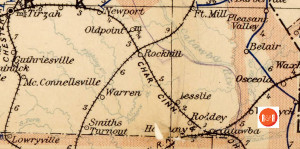
In the post Civil War era, Rock Hill began to economically and politically dominate the upper Piedmont regions of S.C. One of the reasons can clearly be seen viewing the town as a major railroad hub. Postal Map from 1896 – Courtesy of the Un. of N.C. Guthries in 1896 boasted of a P.O.
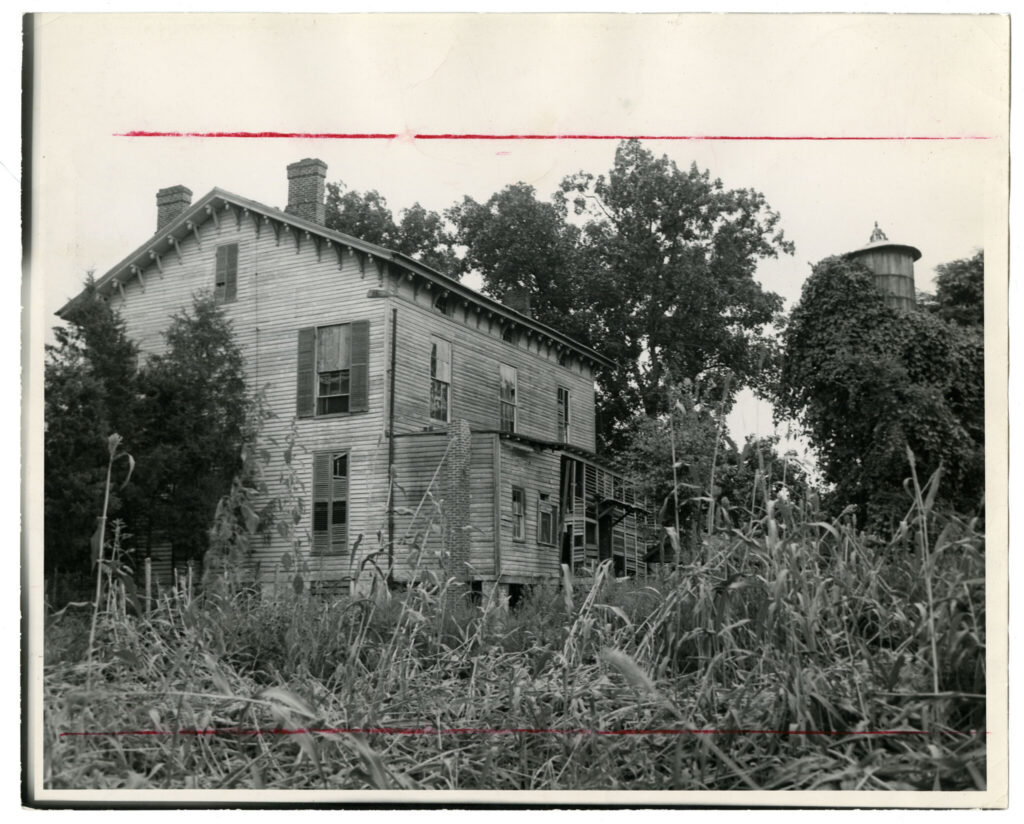
Rear view of Springstein Plantation ca. 1950s. Courtesy of the WU Pettus Archives – 2023
Major Richard Austen Springs (1807-1878). Also see his burial site at Laurelwood Cemetery. This large, imposing antebellum mansion was the center of activity of one of the three or four largest, most progressive plantations in York District. The house was built in circa 1856. His wife, was Susan Jane (Bobo) Springs (1829-1881), The Mother of Methodism in Rock Hill, SC. Here, where gracious living and open handed hospitality were the order of the day, the Methodist itinerants, presiding elders, and pastors were entertained, housed, and fed, and invited to return soon. This house, together with Col. Cadwallader Jones’s Mount Gallant and Col. C. J Prides‘s Wyoming, were the social mecca of the area in the years from 1856 to 1881. Note the 3rd floor windows. The author, Mr. William B. White, Jr., recalls a visit to Springstein in the 1940‘s and remembers that the third floor was given over to a ballroom. [Along the Land’s Ford Road, Vol. I – Wm. B. White, Jr.]
When Mr. Springs referred to the York Branch, he had in mind the King’s Mountain Railroad Company’s line from Chester to Yorkville, completed in 1852, as he said. After this time the expansion of the railroads in the United States took on epic proportions. Richard Austin Springs said to John Springs III, his father, in a letter from Columbia dated December 18, 1846, that railroad building had become “the ruling Mania of the day.” At last the Industrial Age had come to the agrarian South, like it or not. And following the railroads came new towns, villages and cities. The completion of the Charlotte and South Carolina railroad prefigured the founding of the city of Rock Hill in 1852. [Along the Land’s Ford Road, Vol. I – Wm. B. White, Jr. – 2008]
Springstein’s foundation remained until the construction and development of the Springstein development.
The Rock Hill Herald on Dec. 6, 1902 had two items reporting – “Mr. W.F. Adams, who was foreman of the Springstein Farm during the past year has recently the W.B. Lynn place near town and moved his family there. And J.P. Crowder of Fort Mill will have charge of the Springstein Farm next year and moved his family there Monday.”
The Rock Hill Herald reported on Jan. 10, 1903 – “Mr. W.S. Black, formerly with the Catawba Power Company has accepted a position as overseer of the Springstein Farm.”
CONTRACT BETWEEN REV. WM. BLACKSTOCK & ALEX. FARIS (The following “memorandum of agreement” is excerpted from York County Deed Book F,
#386, pp. 508-512.) . . . between the Reverend William Blackstock, near the old nation-ford, Catawba River, Indian Land, York County and State of South Carolina, of the first part and Alexander Faris, blacksmith, of said County. . .the said Alexander Faris to make a mill-dam, raise a saw-mill and Cotton machine on the half-mile Creek, on said Blackstock premises, at the place supposed and known to be most situate for a mill-dam to be made, on the following terms, to wit, said Alexander Faris to make a good and substantial dam ten feet high, from the bottom of the creek where the dam stands and to keep it in good and sufficient order, and repair, for the proper supply and accommodation for a Grist, or merchantable, mill or such a mill as a sufficient dam, the above mentioned height, will admit of supplying, or accomating. . . said Faris . . .to work the above mentioned saw-mill with superfluous, or surplus, water … as for the Cotton machine it is to have a proportional part, or share of whatever water is in the above dam, at all times, that the above mentioned Grist Mill (see the Mayhugh Map plat for location of Mill), goes. . . the above machine is to be so frame, or constructed, that one-fourth part of the water shall work her, that shall be necessary for working the above Grist mill; or in any other words, three-fourths of the water in the above dam, shall be Blackstock’s, his heirs or assignees, and one-fourth said Faris’s . . . but when the water in said dam comes so low, as ten feet, in a perpendicular direction, from the surface of the water above to the bottom of the creek said saw mill is to cease working until it arises above the ten foot mark again . . . said cotton machine is only to go as often, and as long as the aforementioned Grist mill, but no oftener, unless it can be made appear, that her going at other times does not damage or infringe upon the privileges of said Blackstock . . .[unless] if said Grist mill should be broke, or out of fix, or idle for want of work. Faris … is to make the aforementioned saw-mill, and cotton machine on the south side of the above mentioned creek, any place it may be most suitable for him. . . Faris … is to take no water from the above dam, but as specified already . . .and no water is to be wasted, that can be saved by either party . . . Faris … is to have the aforesaid dam made sufficient for the proper
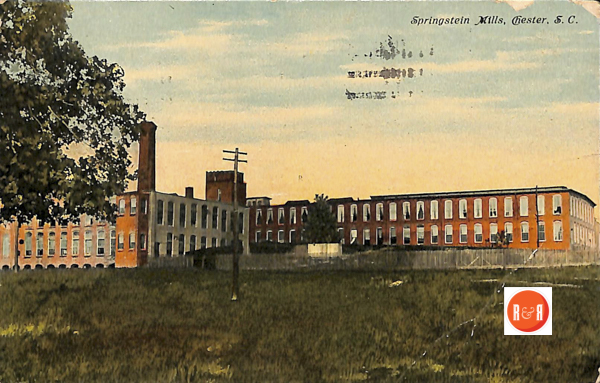
Postcard view of the old Springstein Mill in Chester, S.C. – Courtesy of the Frederick Tucker Collection – 2017
accommodation of said Grist mill in six months from the date hereof. Faris, his heirs or assignees, . . .shall have the above liberty or privilege for the term in space of eighty- six years, or during the standing of a lease, bearing date one thousand seven hundred and eighty eight, which Moses Thompson received from the Catawba Indians of a Plantation, or parcel of land, on the South side of the Catawba River, at the old nation-ford … In witness whereof both parties do set their hands, the twenty-second day of September in the year of our Lord One Thousand and Eight Hundred and One. Before signing it is to be observed that said Faris, his heirs or assignees, are to have half an acre of land for a mill yard and road to and from it. In the presence of Alexander Faris, William Foreman, William Blackstock, William Skelly, Drury Wilson (Information courtesy of and from: YCGHS – The Quarterly Magazine, March 1992)
BLACKSTOCK’S MILL 1799, 11 March. Rev. William Blackstock of Indeland (Indian Land), York County, S. C. and John Harris Sr. of Mecklenburg County, N. C. . . . consideration of 500 silver dollars . . . land near the Old Nation Ford, Catawba River . . .Fuller’s Creek. . . McCorkles line. . . Sturgis Ferry road . . . including a mill site share of Backstock’s as specified in a agreement between him and James Turner Sr. 28 December 1797. . . for 88 years (all left of Backstock’s lease) to Catawba Indians on condition William Blackstock pays to John Harris the 500 dollars with interest seven years after the date hereof . . . Recorded 18 March 1799. (YCDB E #200, p. 301-303) Courtesy of Louise Pettus
CATAWBA LEASE RECORDS – PROVIDED R&R BY L. PETTUS
Rev. William Blackstock. Miscellaneous. Lease of land from Catawba Indians: 11 Mar 1799 Rev. William Blackstock & John Harris, Sr. of Mecklenburg Co., NC (on Fuller’s Cr., Sturgis ferry road, near Old Nation Ford, York Co.; including Blackstock’s mill site). Acreage unknown 18 May 1809 Rev. William Blackstock (mill site, W. side of Catawba R., on Half Mile Cr., York Dist.). 11 ½ acres 1799, 11 March. Rev. William Blackstock of Indeland (Indian Land), York County, S. C. and John Harris Sr. of Mecklenburg County, N. C. .. . consideration of 500 silver dollars . . . land near the Old Nation Ford, Catawba River . . .Fuller’s Creek. . . McCorkles line. . . Sturgis Ferry road . . . including a mill site share of Backstock’s as specified in a agreement between him and James Turner Sr. 28 December 1797. . . for 88 years (all left of Backstock’s lease) to Catawba Indians on condition William Blackstock pays to John Harris the 500 dollars with interest seven years after the date hereof . . . Recorded 18 March 1799.
(YCDB E #200, p. 301-303)
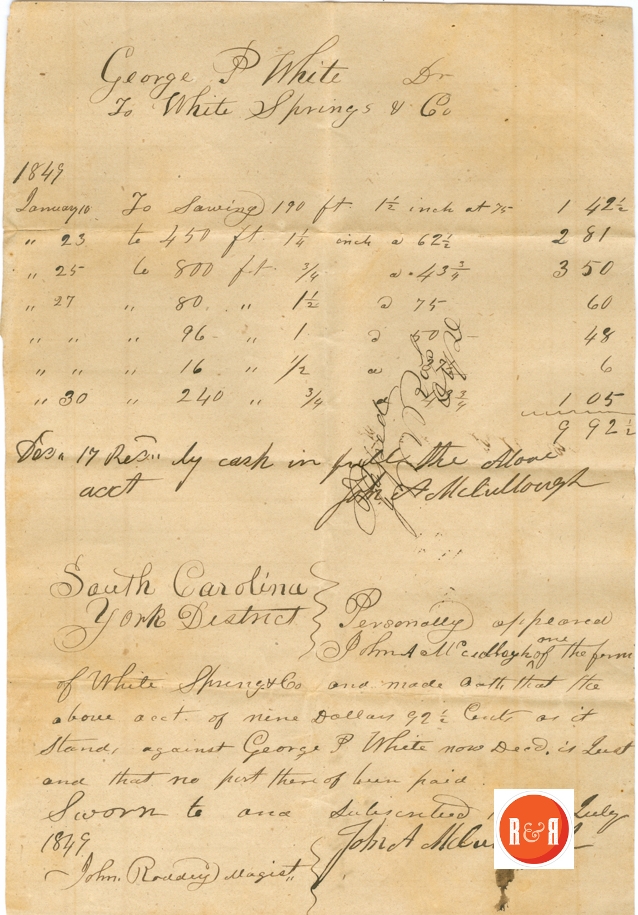
The Springs and White families owned extensive real estate and business holds on both sides of the Catawba River. In the mid 19th century they owned and operated a sawmill on the west bank of the Catawba River, not far from the Springstein House. This receipt is for payment of an 1840 bill to Geo. P. White. Note it was disputed and local Magistrate, John Roddey signed off on the settlement. Courtesy of the White Family Collection – 2008
Please see the Elizabeth Reed article printed in the Herald Newspaper under the picture column marked – More Information/PDFs.
The address given for Springstein Plantation is approximate. *** The attached Walker’s Map of 1910 shows the Springstein Farm.
Springstein: the great plantation seat of Mr. and Mrs. Springs, was the showplace of the District, noted for its broad fields, its extensive orchards, and its almost limitless forests. Located about three miles to the east of Rock Hill, Springstein was, together with Col. Cadwallader Jones‘s Mount Gallant and Frederick L. J. Pride‘s Wyoming, the social mecca of the area about Rock Hill in the days before and immediately following the War Between the States. The Springses were lavish in their hospitality, particularly so to the Methodist clergy who happened to pass along the road or who were appointed to preach in any of the neighboring churches. And, too, the Springses were equally interested in supporting the work of the Baptists and Presbyterians, be they black or white. Their openhandedness to high and low alike was common knowledge. Their acts typified the highest and the best motives that characterized the planter aristocracy of the Old South.
Although Richard A. Springs was born and reared a Presbyterian – from old Unity Church in Fort Mill – he consistently and unhesitatingly supported the benefactions of his Methodist wife. Mr. Springs was a Methodist to the core, even though he never had his name formally enrolled in the records of the Methodist Church at Rock Hill. The only child born to Richard Austin and Susan Jane (Bobo) Springs was Mary Elizabeth Springs, born at Springstein on May 20, 1863. This child quickly became the center of the household and the bright object of Mr. Springs‘ declining years. Major Springs died in 1874. The widow later married F. A. Connor.
The writer could never hope to improve on the beauty of the nineteenth-century language of the Reverend J. Marion Boyd, who wrote the tribute from the Rock Hill Methodist Church on the occasion of Mrs. Connor‘s death, which occurred on July 8, 1881. Here are excerpts from Mr. Boyd‘s obituary: …She joined the Methodist Episcopal Church, South, when only 11 years of age, and such was the rapid development of her piety, that in her youth she occupied a prominent place in the Church, as an active and efficient teacher in the Sunday School, and a pattern of godliness to older members. She found but few Methodists in the neighborhood of her adopted home [Rock Hill], and no Church of her choice in the vicinity…But it was not long until a congregation was formed, consisting of herself – a painter named Elam, [Mrs. Elam, a tailor named Robinson, Mrs. Robinson,] and a [black] woman [named Viney]. Soon a Methodist Church was built, and after many reverses to the little flock, the divine favor was manifested in the conversion of souls – among these was Robt. B. Alston, a lovely man, and a faithful preacher in the South Carolina Conference. She watched over and loved this ―son in the Gospel‖ with a mother‘s devotion. Her cooperation, zeal, and liberality, with others, in building the present (1881) substantial and commodious brick Church, need not be recorded. Her joy on the day of its dedication, was equaled only by witnessing its subsequent prosperity.
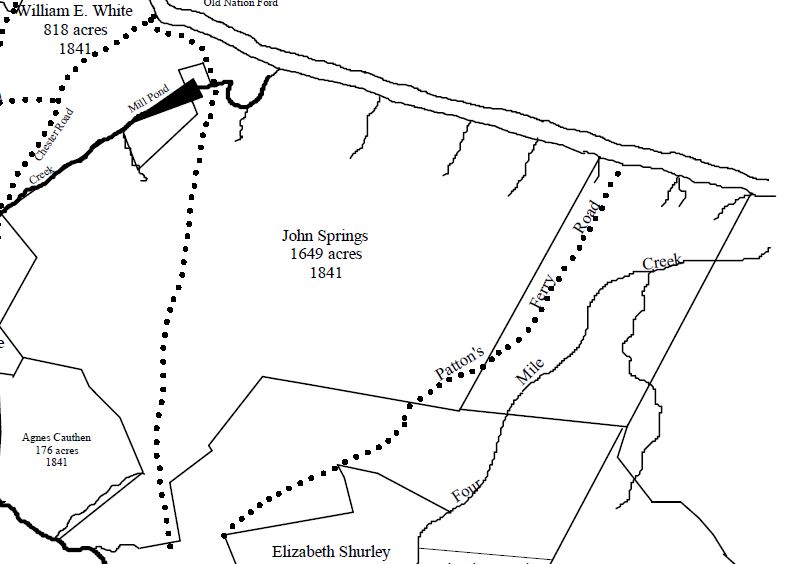
Springstein Plantation -Heritage Plat Map by Mayhugh. All rights reserved R&R.com
She has been called the Mother of Methodism in Rock Hill. She was attractive in person; courtly in manner; highly cultivated in mind and heart; brave, and even heroic in matters of duty; unselfish in motive; cheerful and hopeful in disposition; and charitable and forgiving in spirit. The study of her life seemed to be – to make others happy. In hospitality she excelled. In conversation, especially in the social circle, she was entertaining, instructive, witty, and humorous. She possessed business tact, took deep interest in the public welfare, and encouraged public enterprise. (Information courtesy of Along the Land’s Ford Road, Vol. II, Wm. B. White – 2008)
July 14, 1838. To Brother (probably Baxter Springs): “I received your letter by N. Hutchison & have postponed answering it until after the fourth of July, expecting that I would have something more interesting to communicate. … I will commence by informing you where I spent the Fourth. I attended the celebration at Lancasterville. We had an exhibition there—two nights performance & a comedy on the morning of the 4th. A fine oration by John Williams a young lawyer of that village. A dinner & a ball at night well attended. There was something like fifty ladies at it, your old chum was there—Wm Barnes. He told me that he was looking for you there. By the by his Dulcinea was also there-a Miss Brown, it is said that they are engaged how true it is 1 cannot say. Our cousin Margaret Harris was also at the Ball. Allen Green paid his humble obeisance to her by falling down before her, in dancing, as he was turning her—that is the best evidence of a man doing his best I am not doing any thing for myself in the matrimonial line ___ I saw Leonidas Spratt about a week since he is teaching school in Providence he discourses as learnedly as ever… .we have a Regimental Review at Ebenezer on the 9th of August which I shall be compelled to attend. Your affectionate brother, R. A. Springs [Richard Austin Springs] Reprint courtesy of the YCGHS—JUNE 2001
Stay Connected
Explore history, houses, and stories across S.C. Your membership provides you with updates on regional topics, information on historic research, preservation, and monthly feature articles. But remember R&R wants to hear from you and assist in preserving your own family genealogy and memorabilia.
Visit the Southern Queries – Forum to receive assistance in answering questions, discuss genealogy, and enjoy exploring preservation topics with other members. Also listed are several history and genealogical researchers for hire.
User comments welcome — post at the bottom of this page.
Please enjoy this structure and all those listed in Roots and Recall. But remember each is private property. So view them from a distance or from a public area such as the sidewalk or public road.
Do you have information to share and preserve? Family, school, church, or other older photos and stories are welcome. Send them digitally through the “Share Your Story” link, so they too might be posted on Roots and Recall.
User comments always welcome - please post at the bottom of this page.
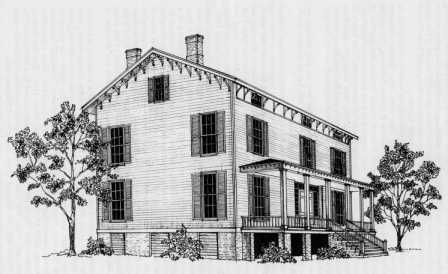
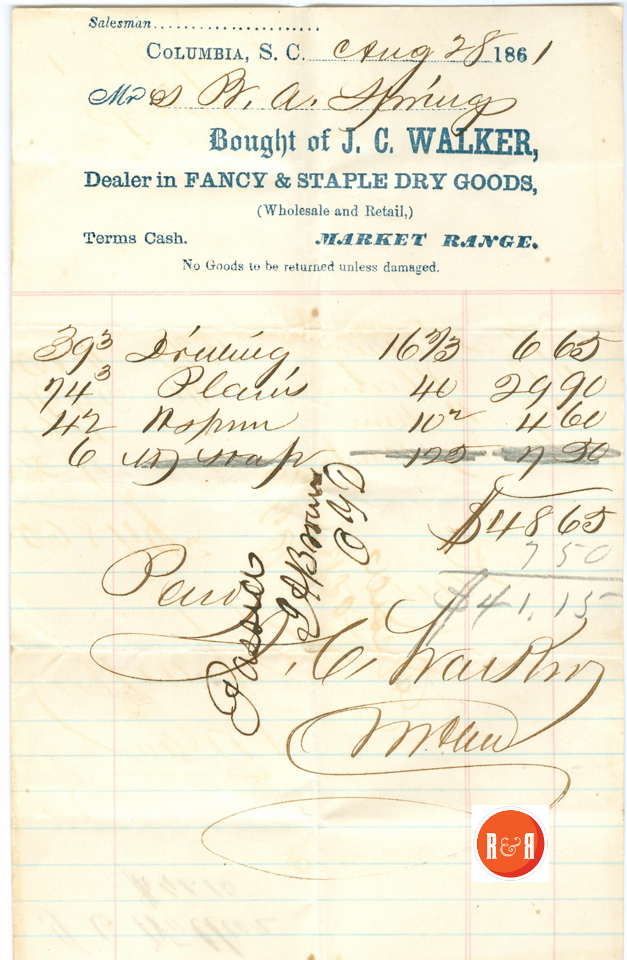
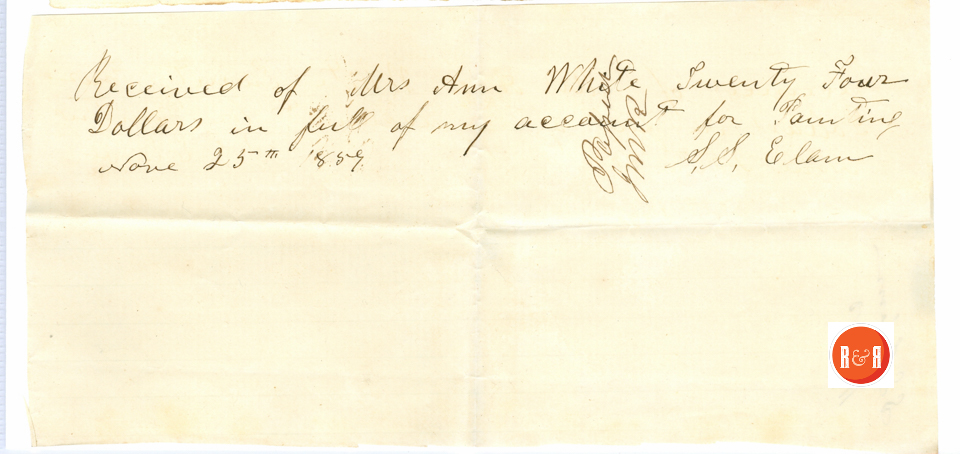

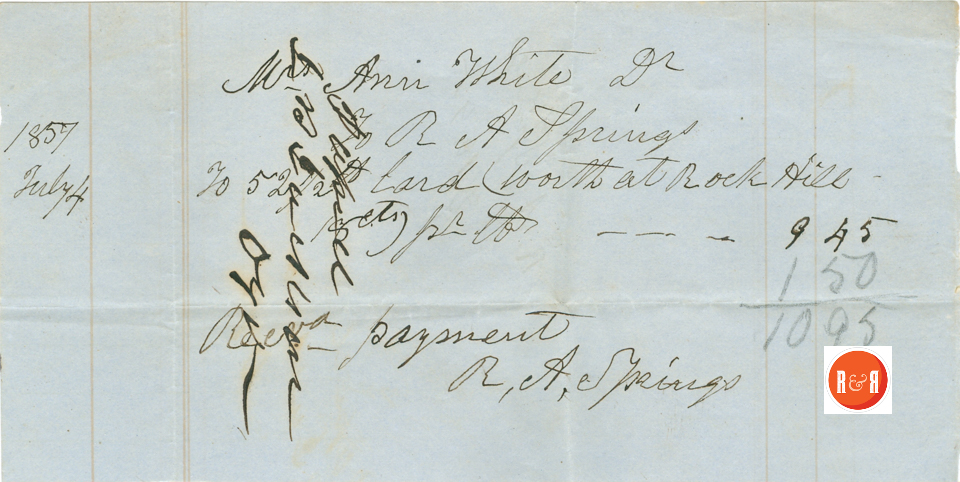
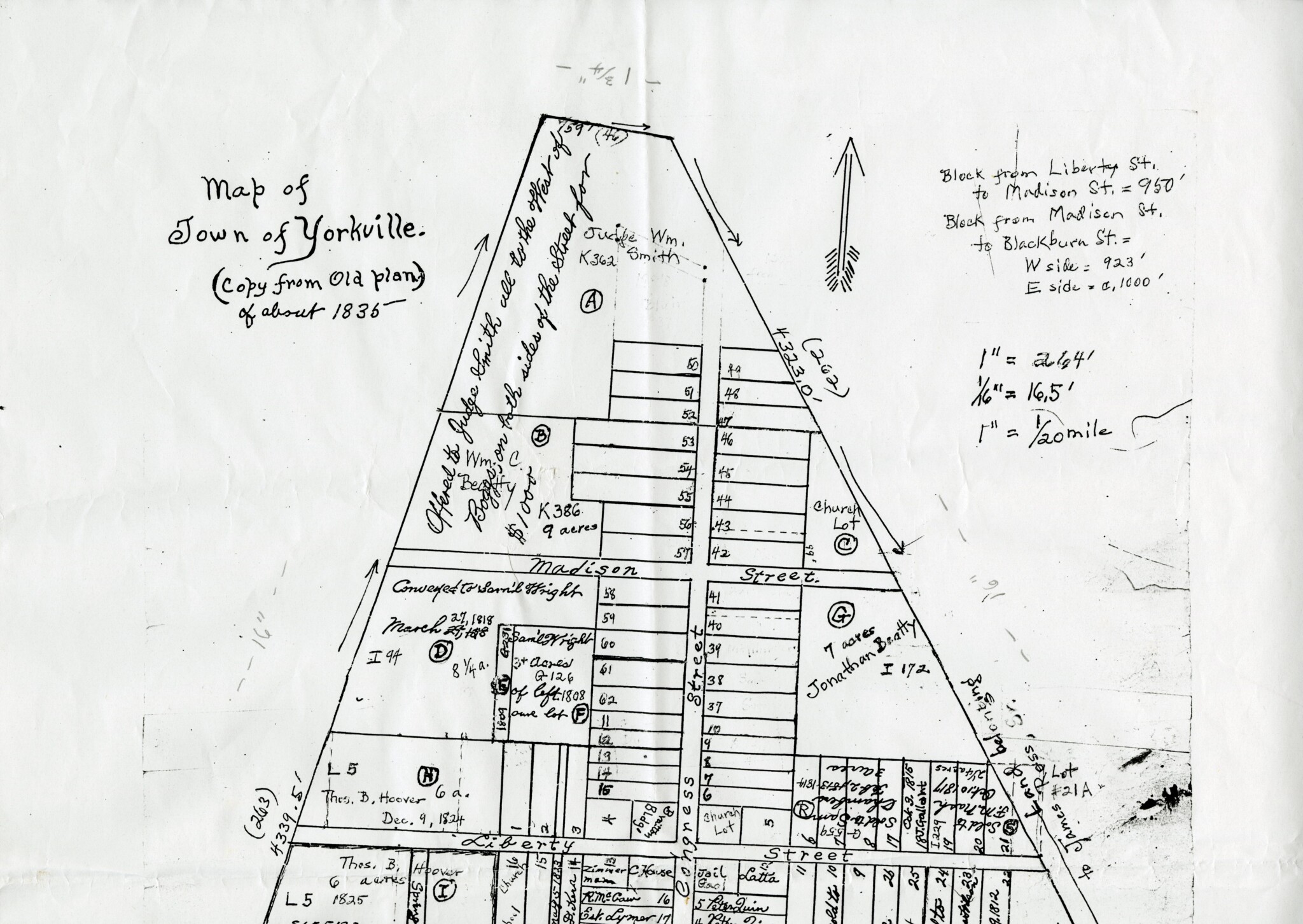
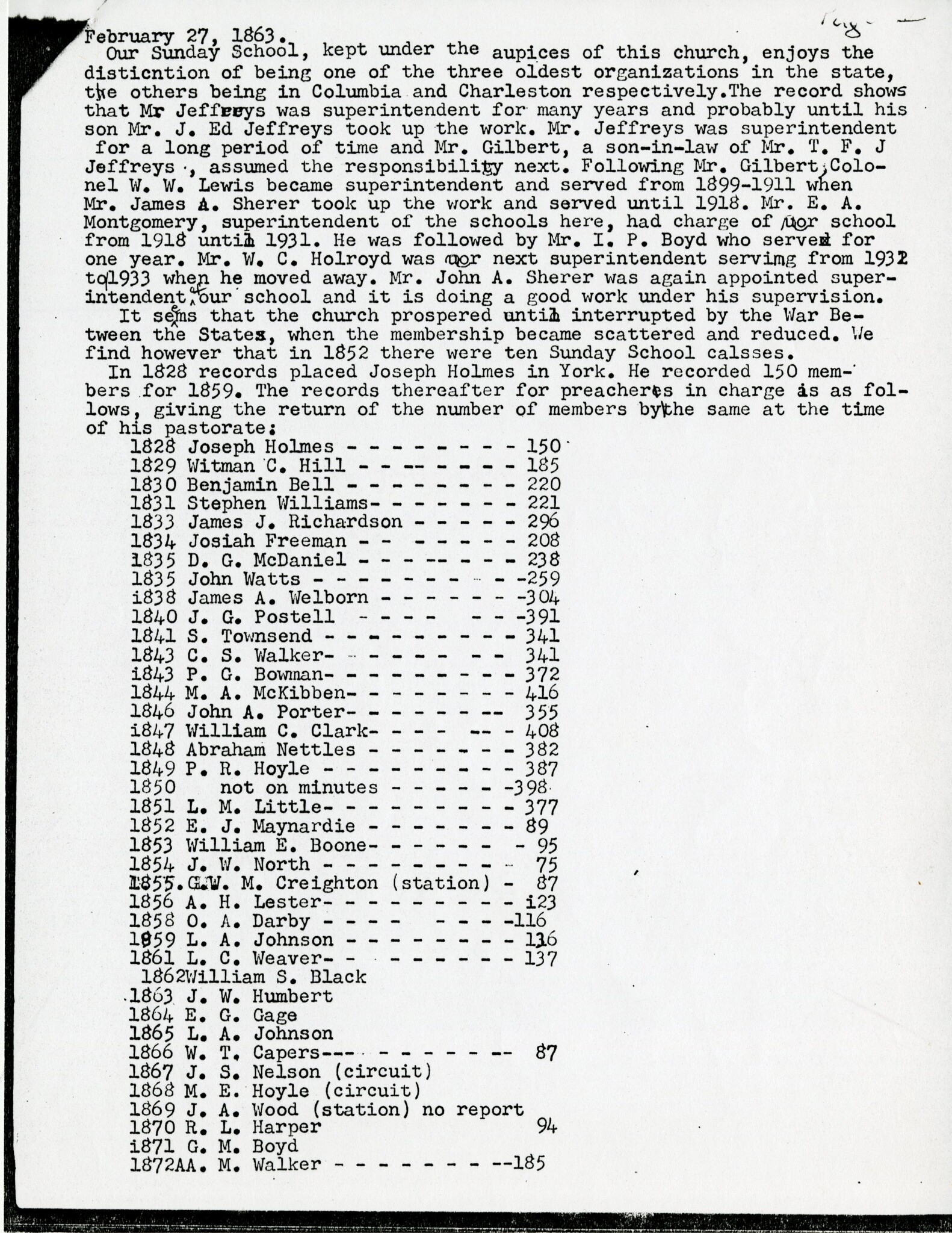
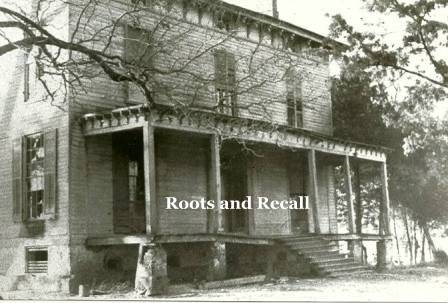

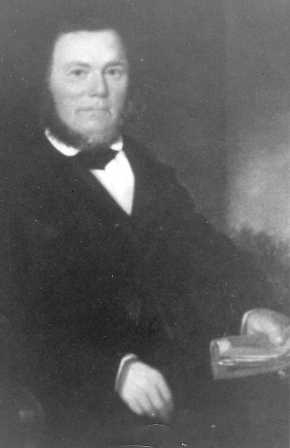
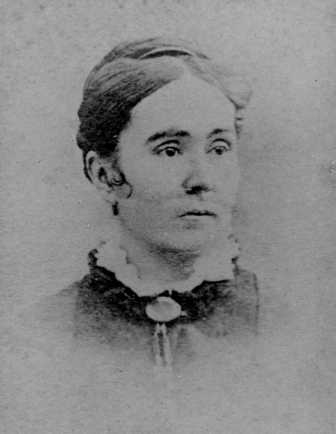
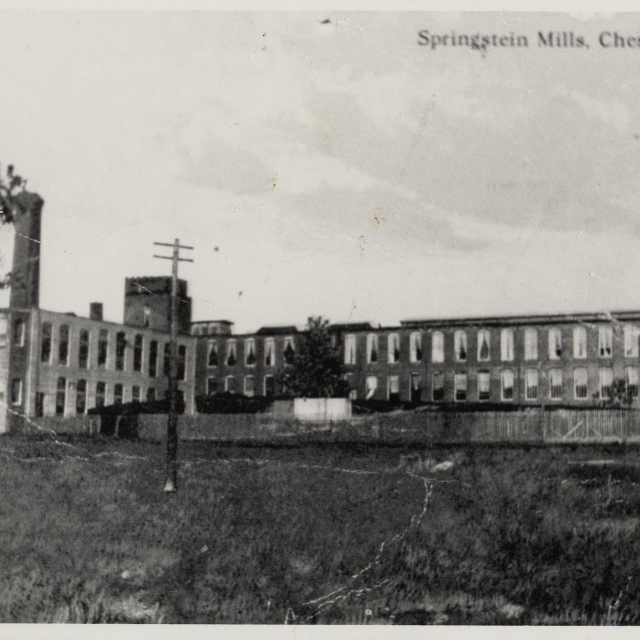

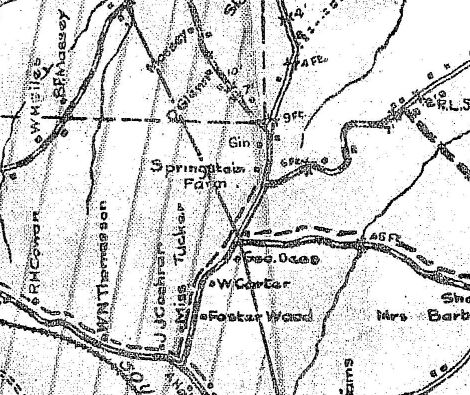
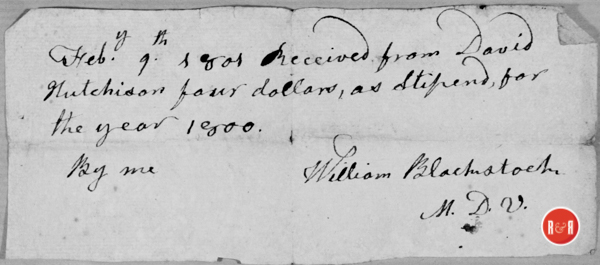
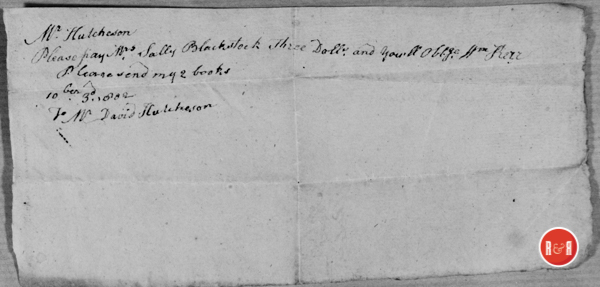
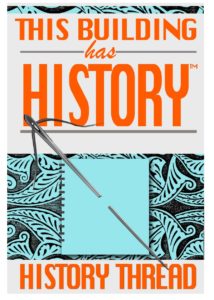

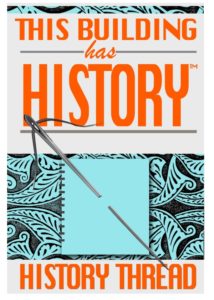



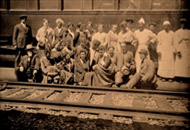
Share Your Comments & Feedback: